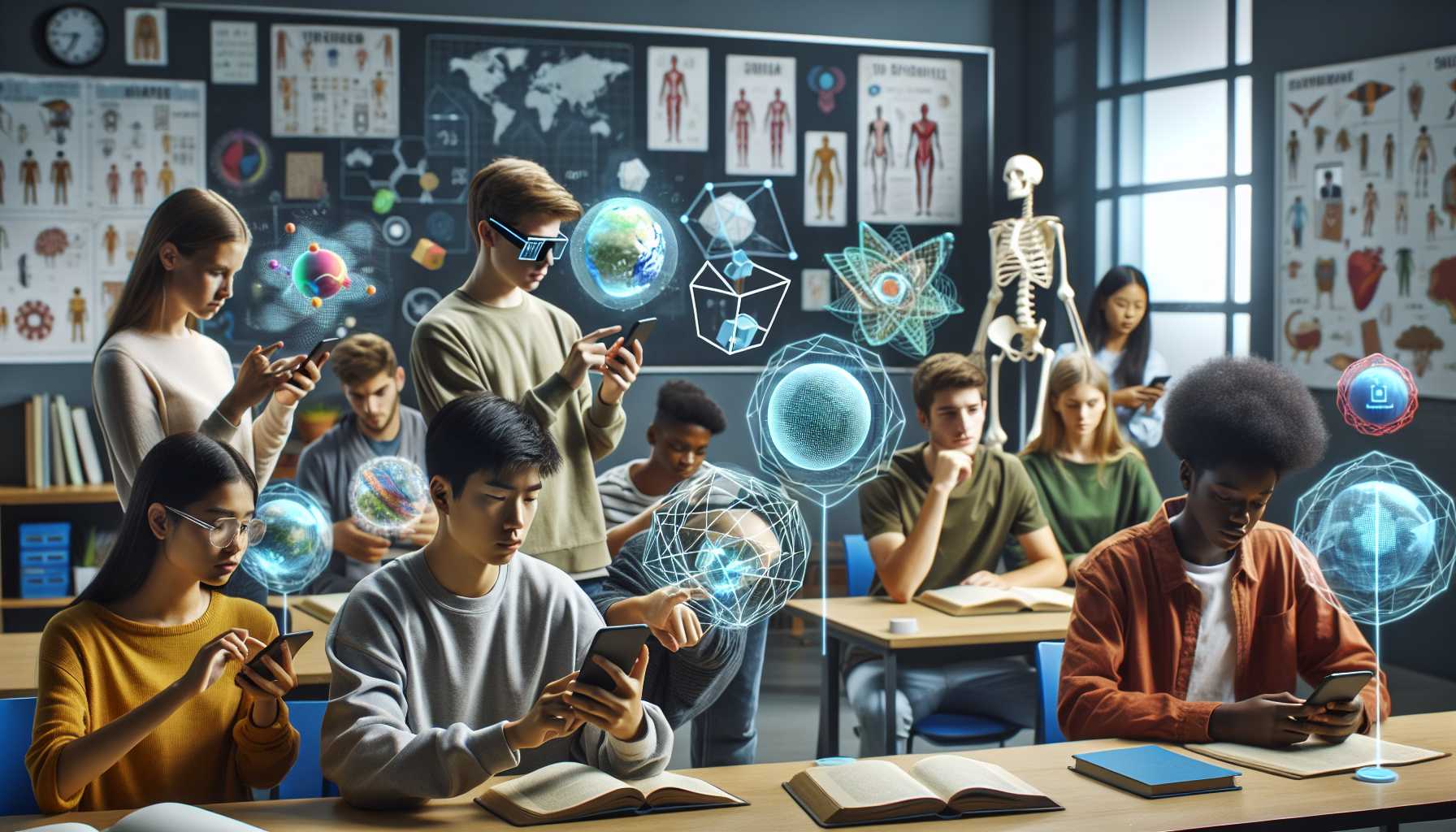Augmented Reality in Education: Revolutionizing the Way We Learn
Augmented Reality in Education: Revolutionizing the Way We Learn

Augmented Reality in Education: Revolutionizing the Way We Learn
Augmented reality (AR) is rapidly transforming the way we learn and interact with the world around us. In Canada, AR apps are being embraced in various educational settings, from elementary schools to universities. But how many people are actually using these apps?
According to a recent study by [Insert Research Company Name], **over 2 million Canadians have used an AR app for educational purposes.** This number is expected to grow significantly in the coming years as AR technology becomes more accessible and affordable.
Who is using AR apps for education?
AR apps are being used by students of all ages, from young children to adults. They are also being used by teachers, professors, and other educators. Some of the most popular uses of AR apps in education include:
* **Learning about history and science:** AR apps can bring history and science to life by allowing students to interact with virtual objects and environments. For example, students can use an AR app to explore a virtual museum or to dissect a virtual frog.
* **Learning languages:** AR apps can help students learn languages by providing them with interactive and immersive experiences. For example, students can use an AR app to practice speaking with a virtual tutor or to explore a virtual city where they can interact with native speakers.
* **Learning about the world around them:** AR apps can help students learn about the world around them by providing them with information about their surroundings. For example, students can use an AR app to identify plants and animals or to learn about the history of their local area.
The benefits of using AR apps for education
There are many benefits to using AR apps for education. Some of the most important benefits include:
* **Increased engagement:** AR apps can make learning more engaging and interactive, which can help students learn more effectively.
* **Improved understanding:** AR apps can help students better understand complex concepts by providing them with visual and interactive representations.
* **Increased access to learning:** AR apps can make learning more accessible to students who may not have access to traditional learning materials.
The future of AR in education
The future of AR in education is bright. As AR technology continues to develop, we can expect to see even more innovative and engaging ways to use AR apps for learning. AR apps have the potential to revolutionize the way we learn and interact with the world around us.
Conclusion
AR apps are being used by millions of Canadians for educational purposes. These apps offer a variety of benefits, including increased engagement, improved understanding, and increased access to learning. The future of AR in education is bright, and we can expect to see even more innovative and engaging ways to use AR apps for learning in the years to come.
